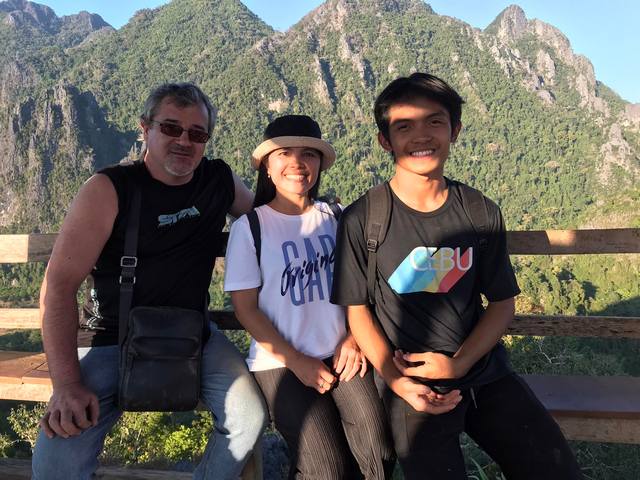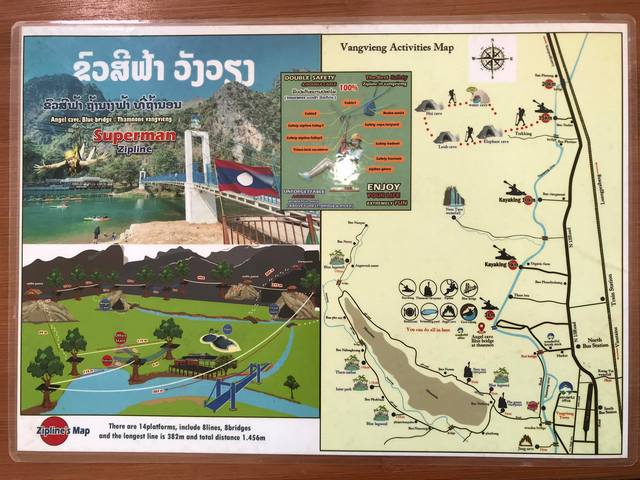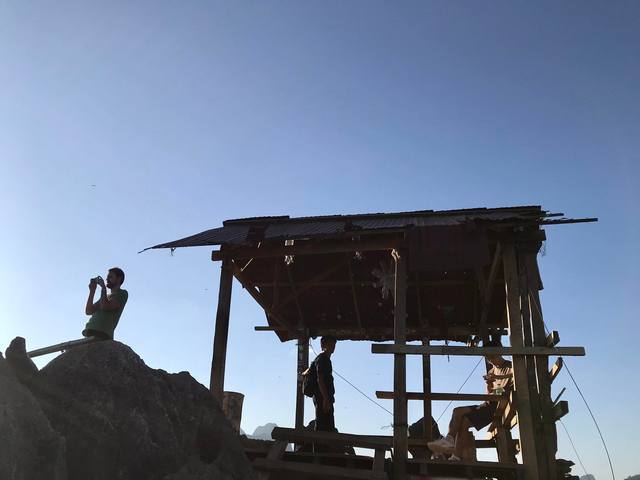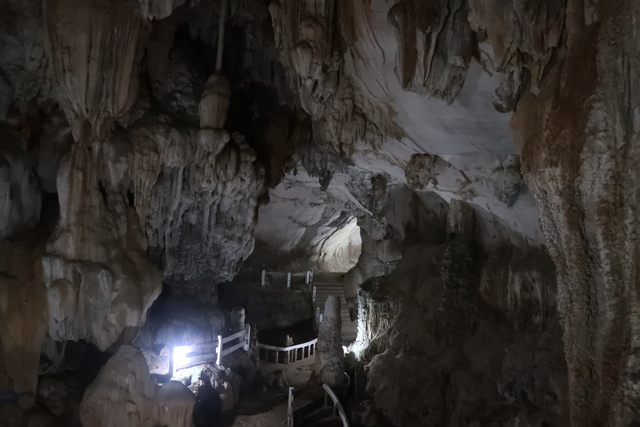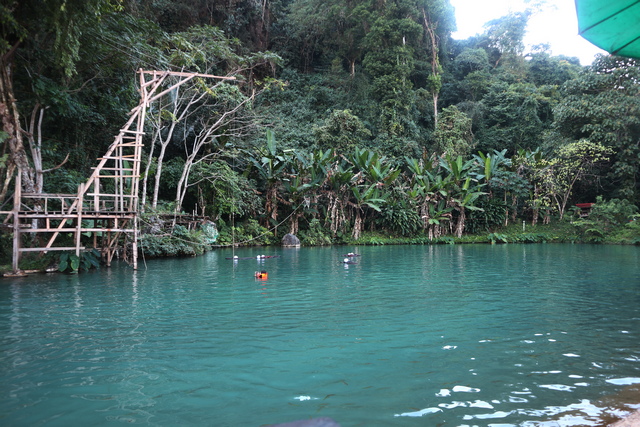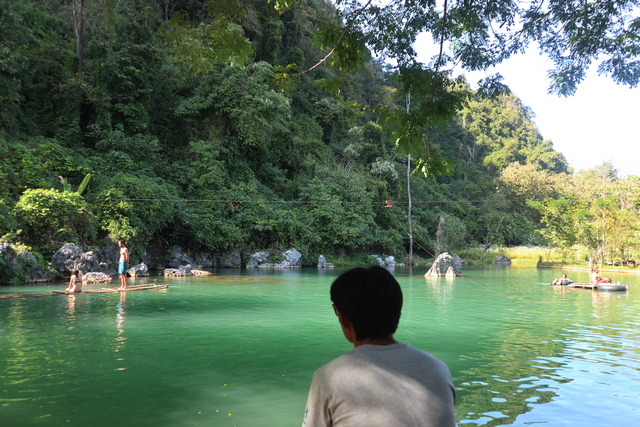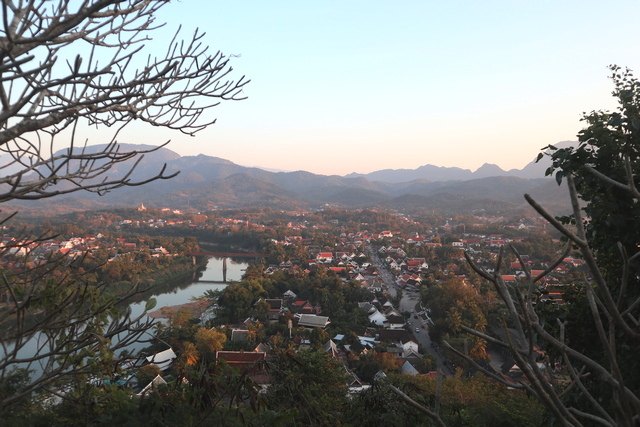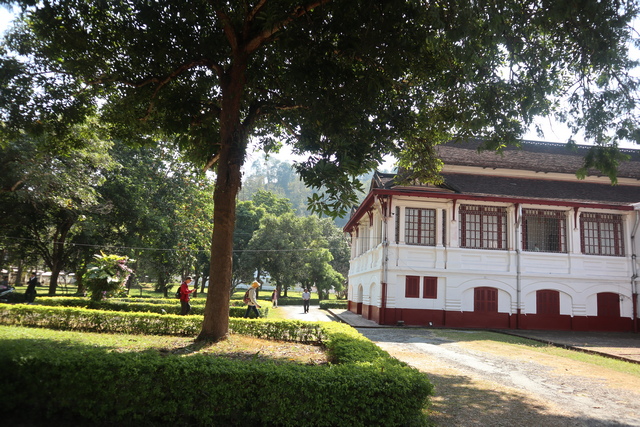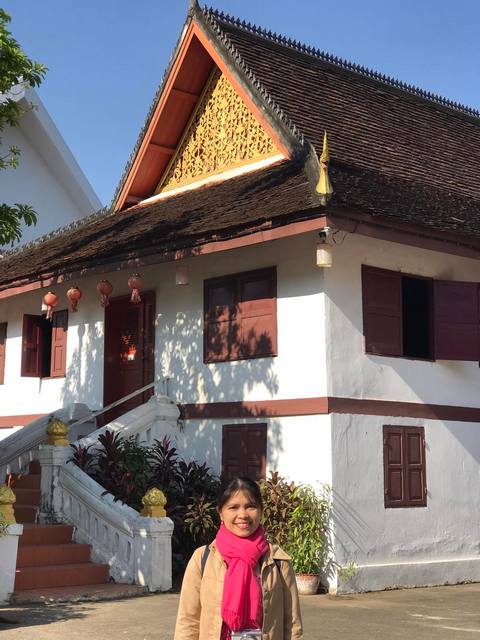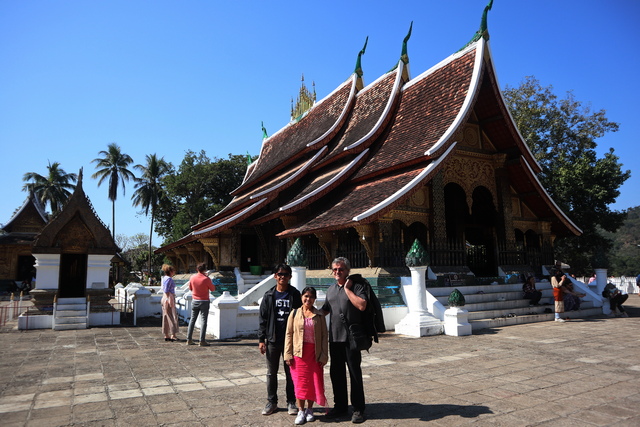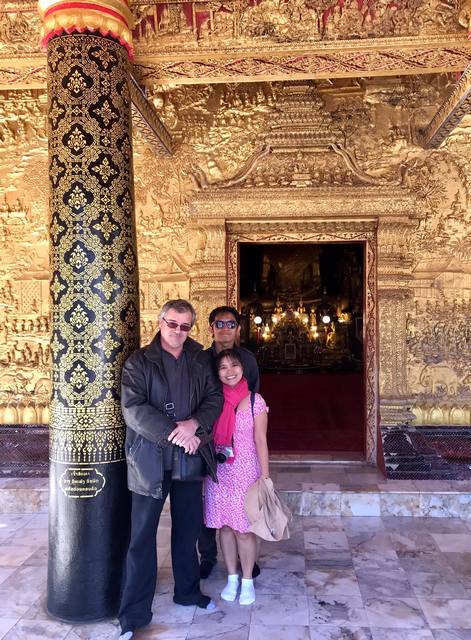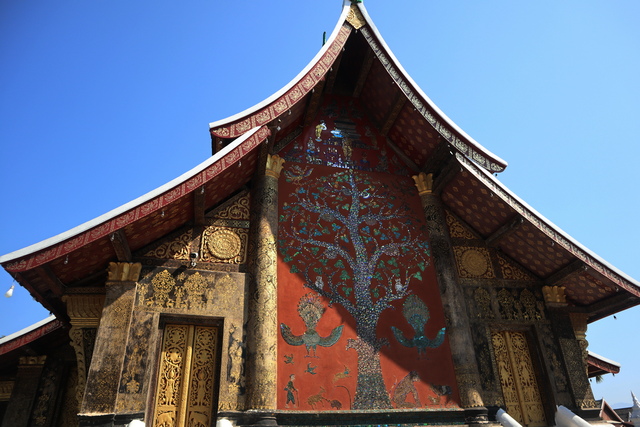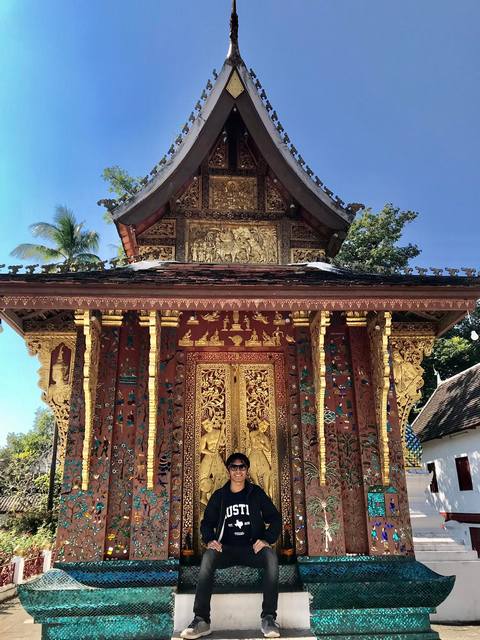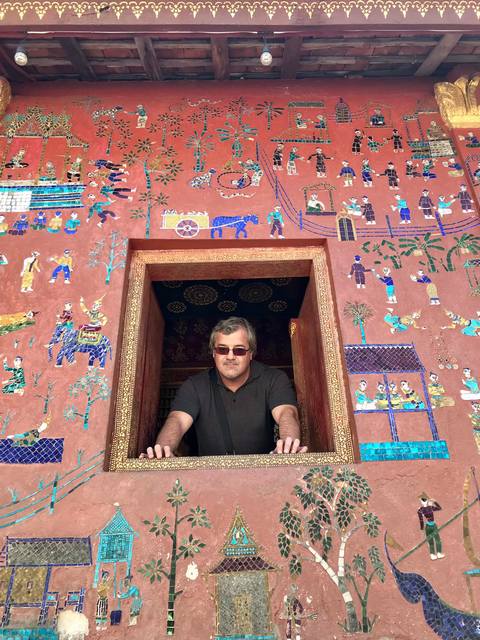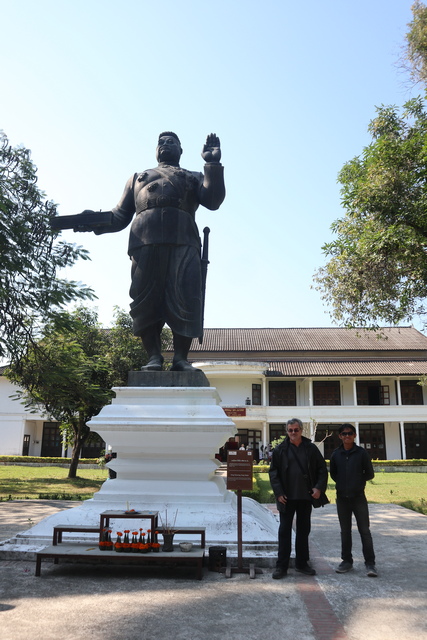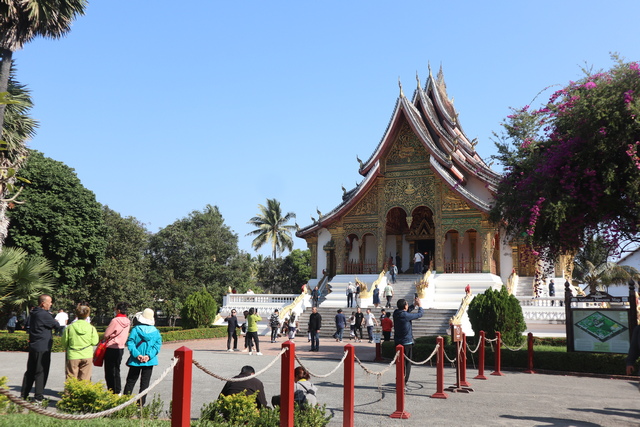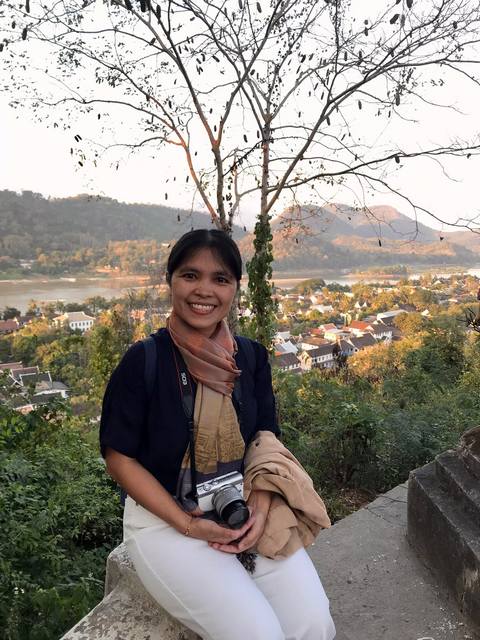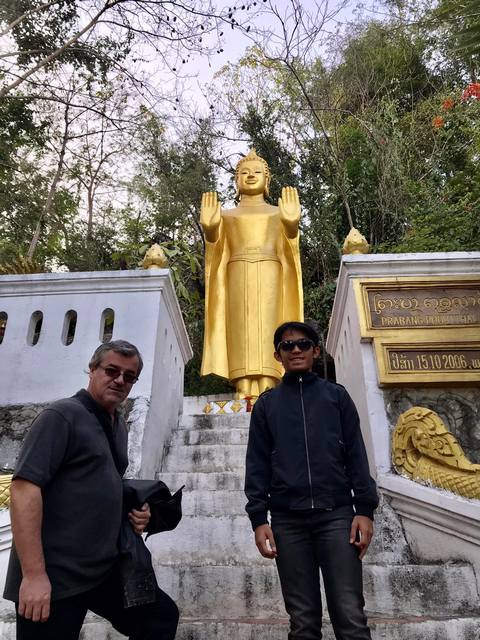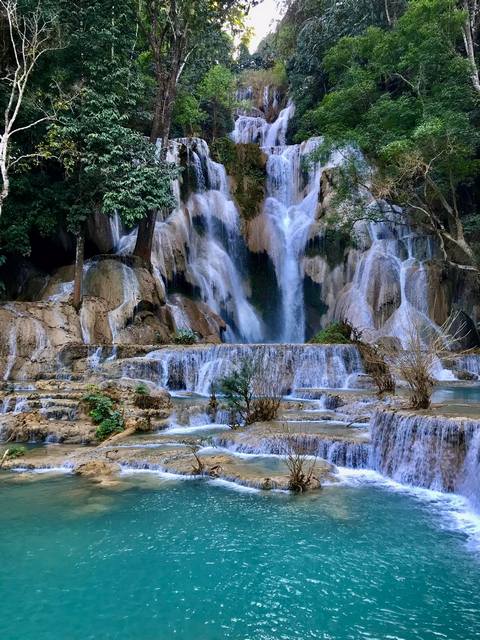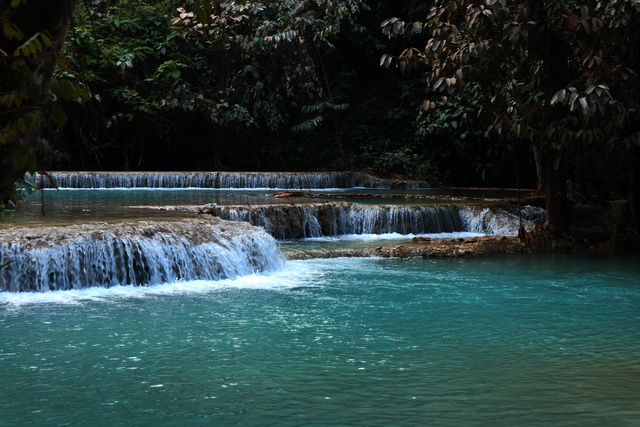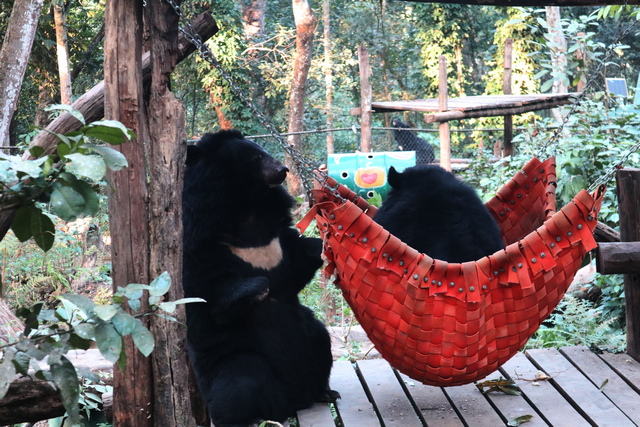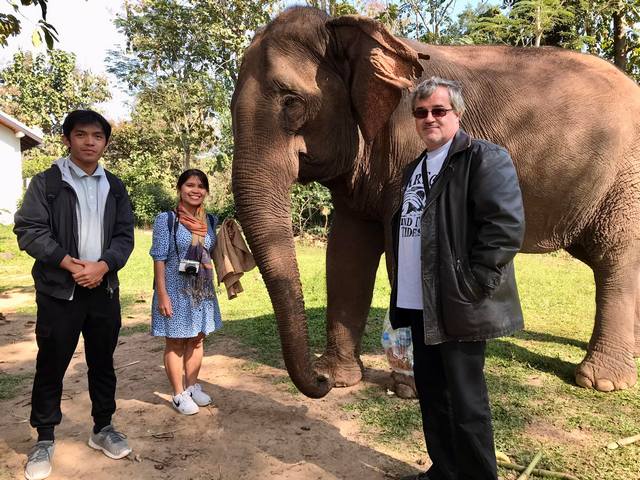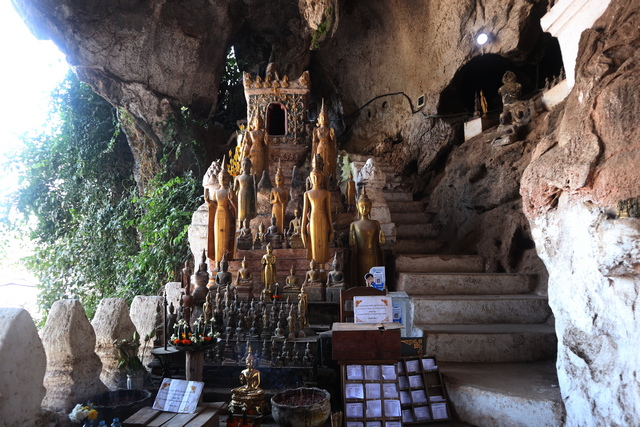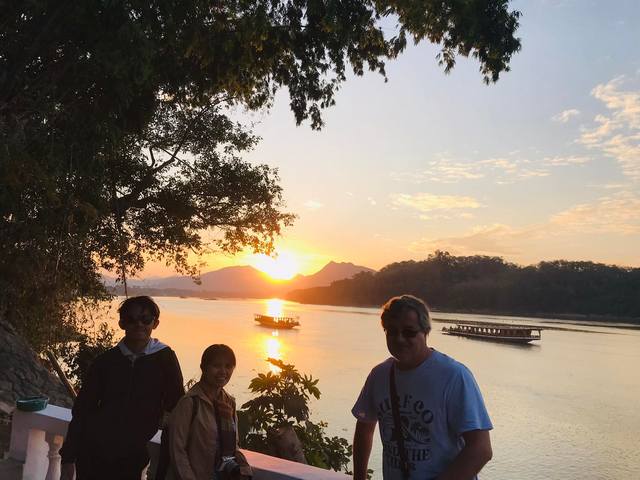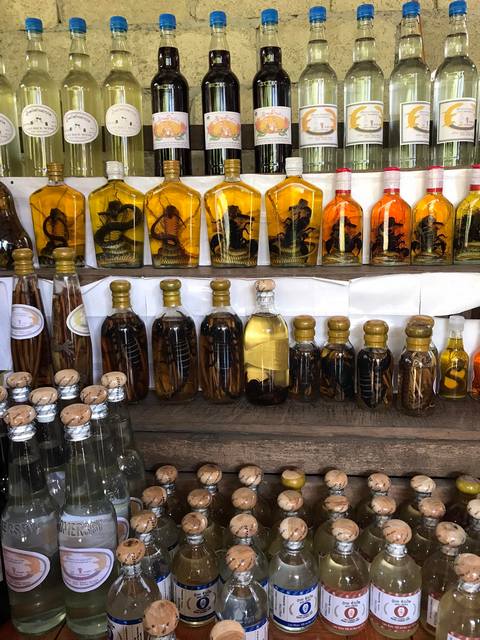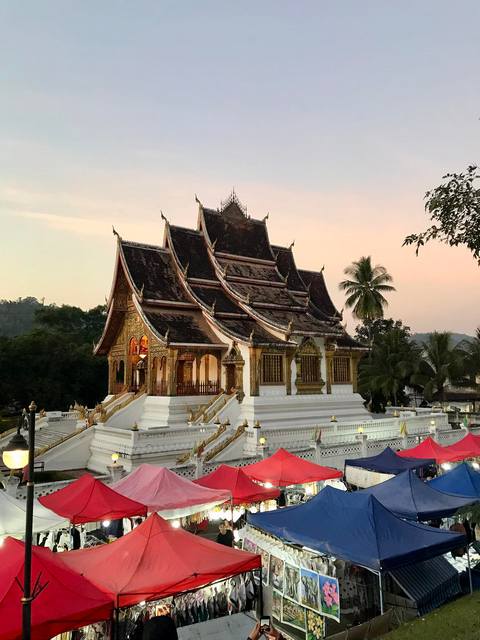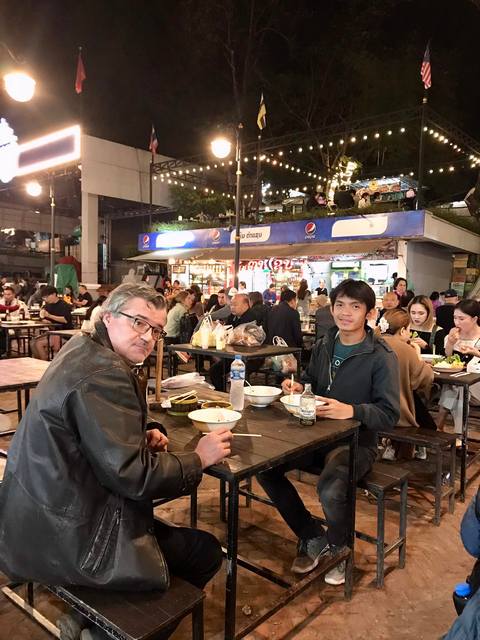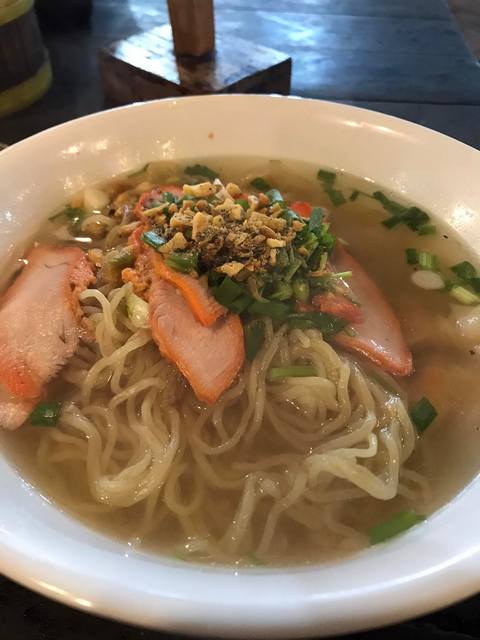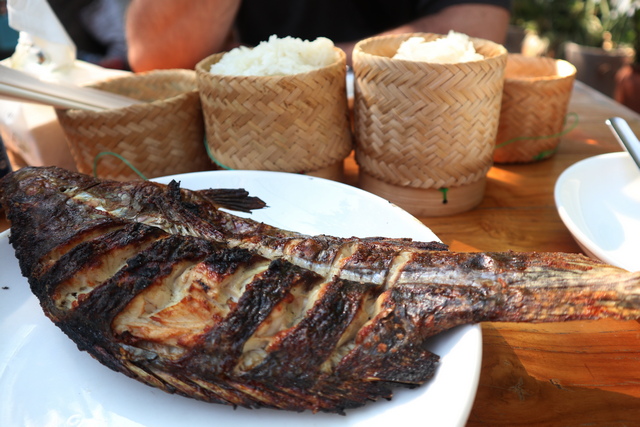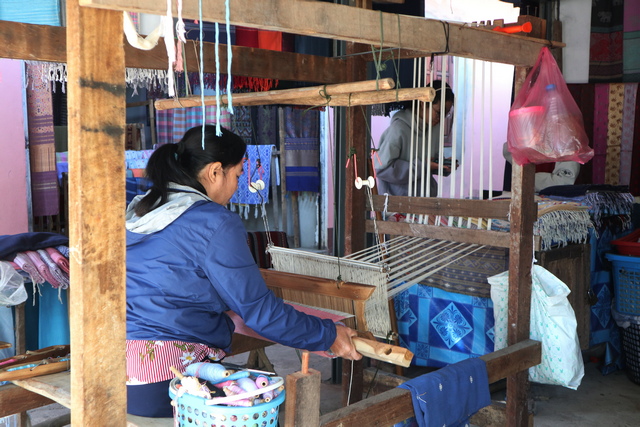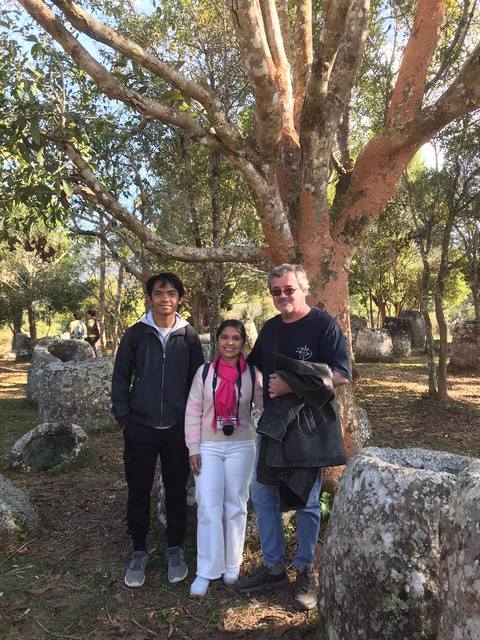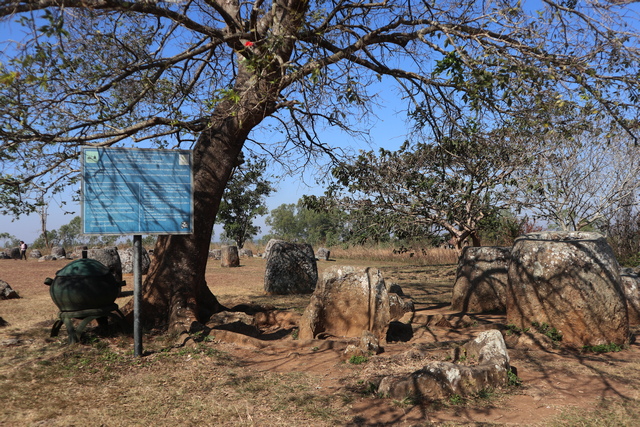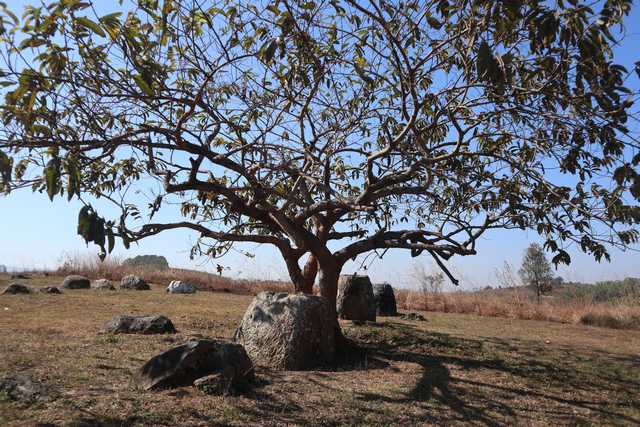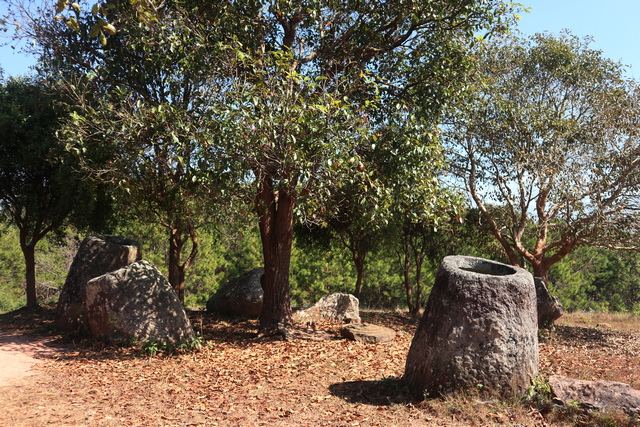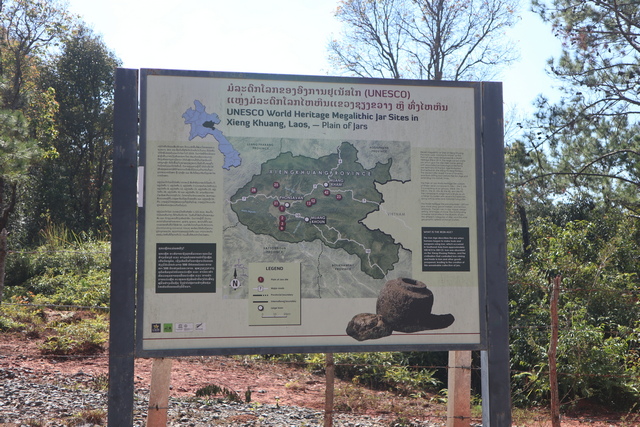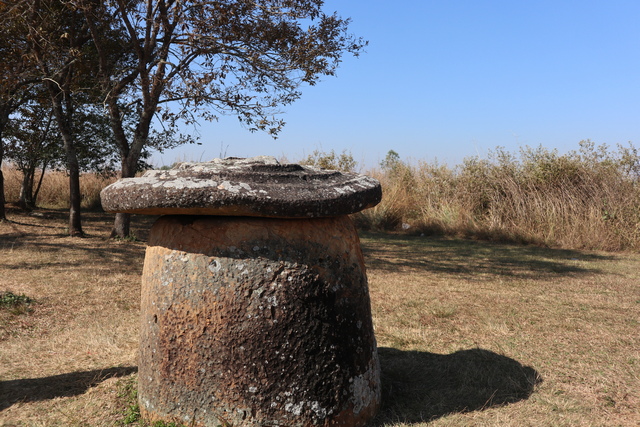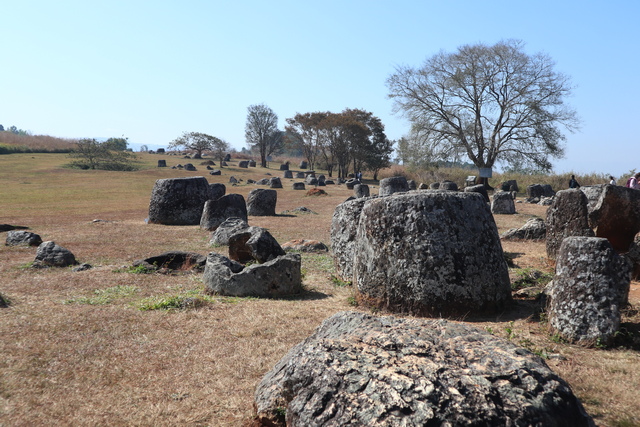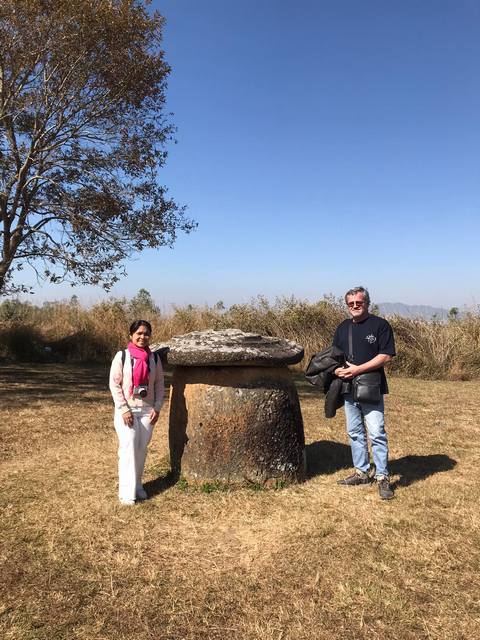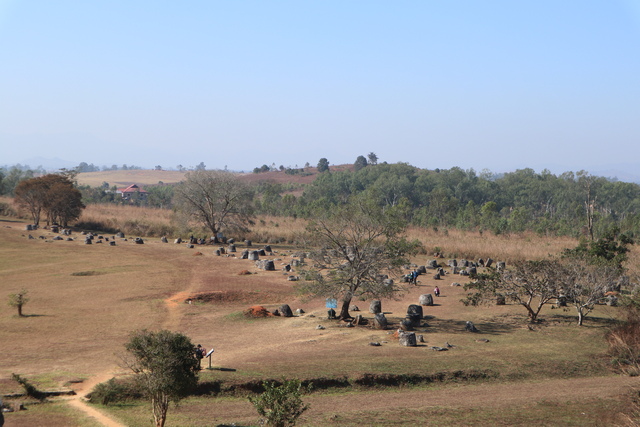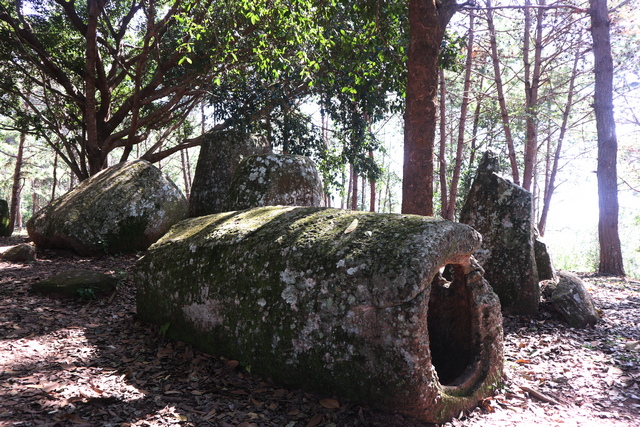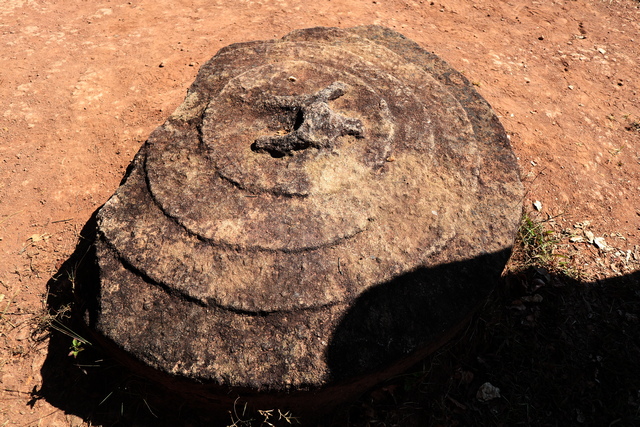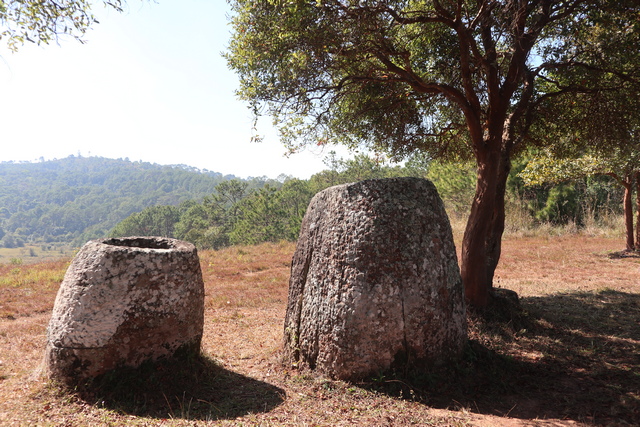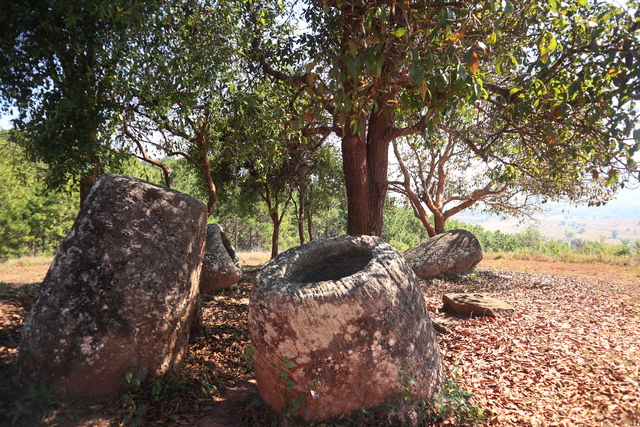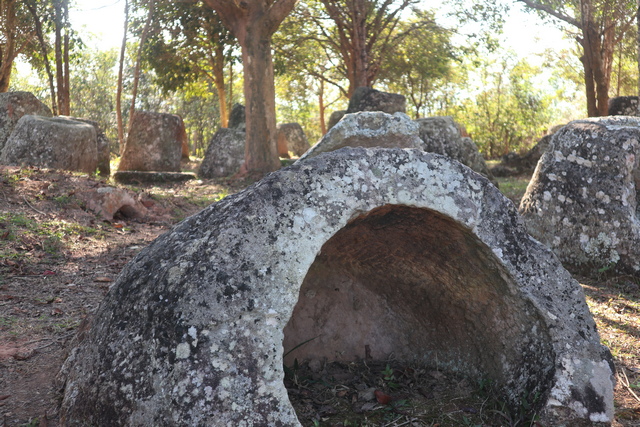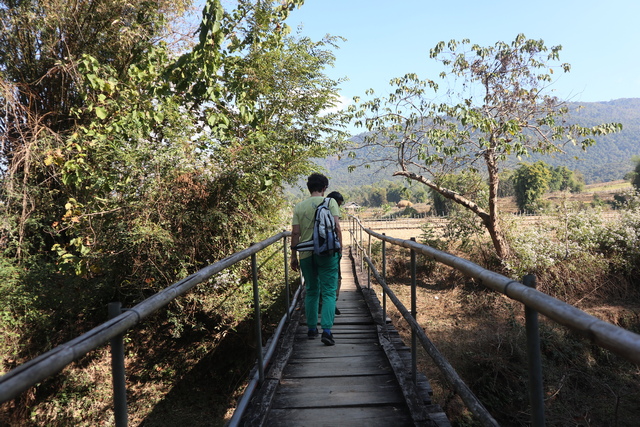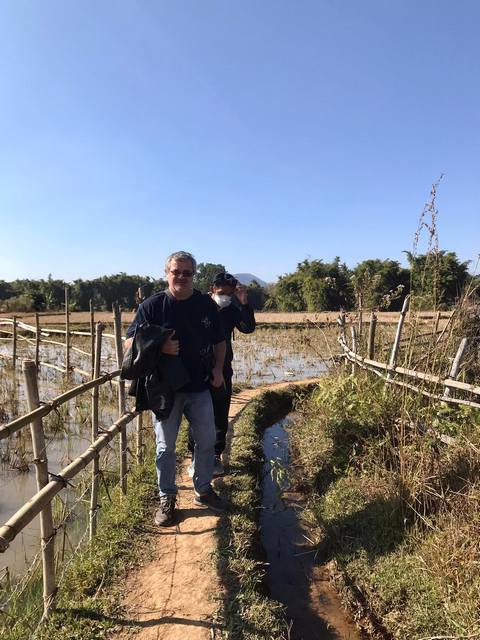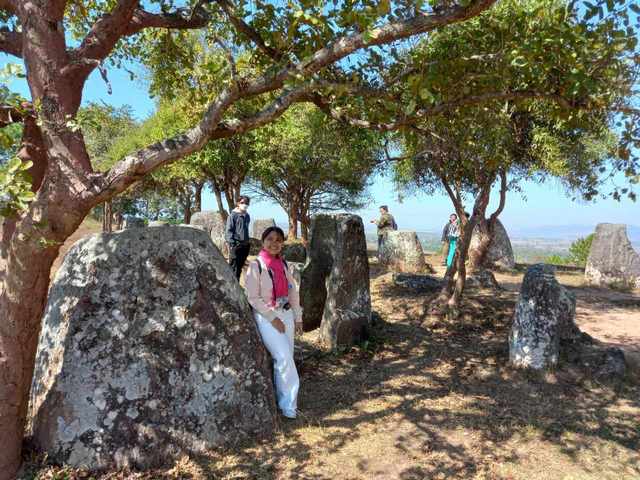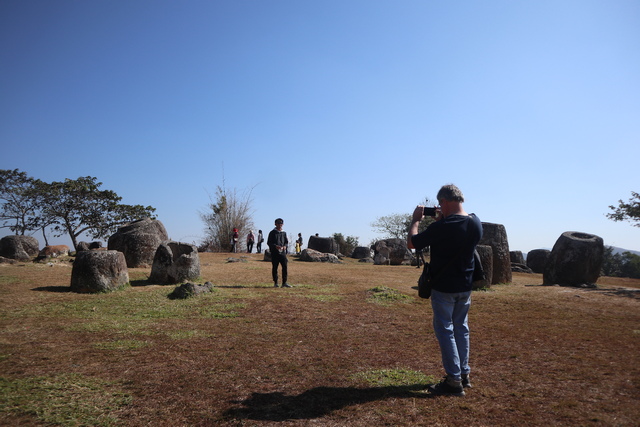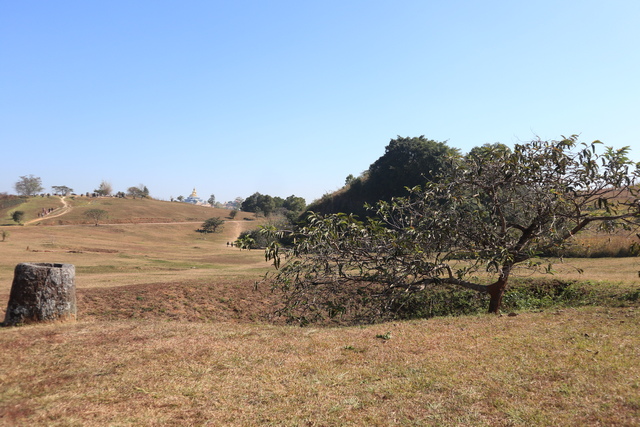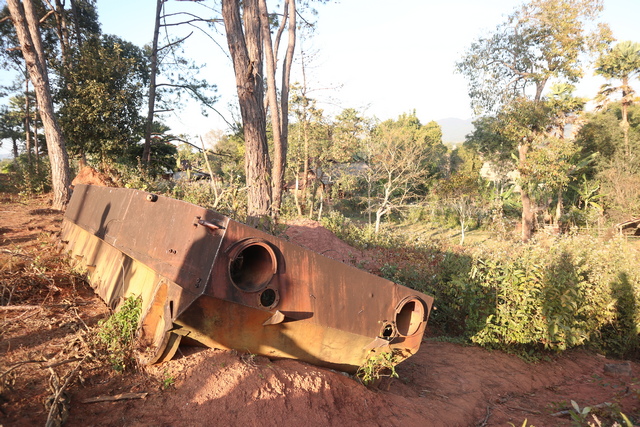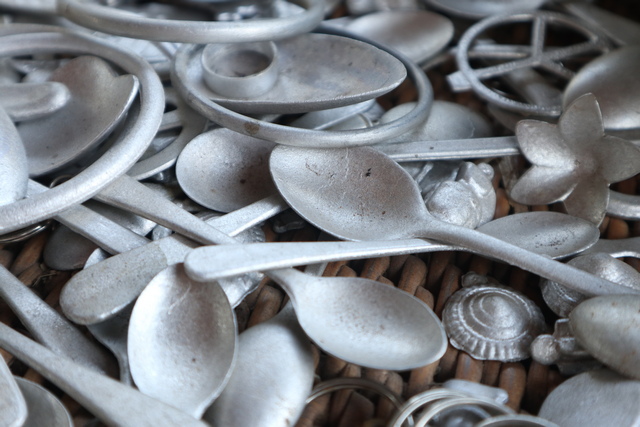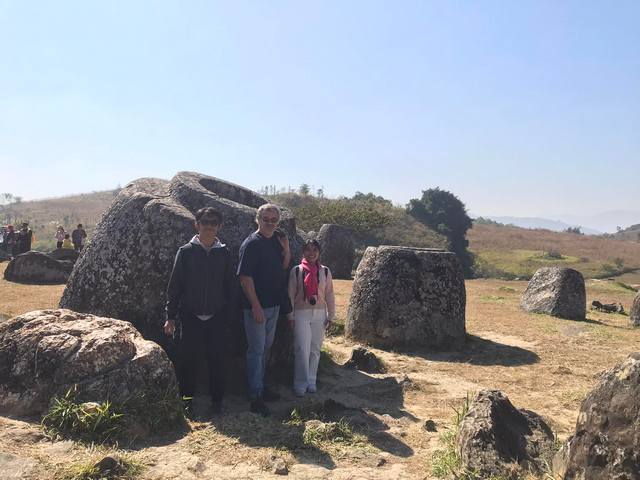Vang Vieng is a little laid-back town in Laos, situated north of Vientiane, along a beautiful bend on the Nam Song River. It offers beautiful terrain to explore with stunning karst limestone mountains, caverns, temples, waterfalls, and vibrant green paddy fields. It continues to attract a growing number of Asian and Western visitors seeking to experience living at a considerably slower pace while enjoying a diverse selection of outdoor activities such as trekking, zipline, rock climbing, cycling, buggy ride, kayaking, and many more.
We visited Vang Vieng in December 2023 and we thoroughly enjoyed our stay there, the mix of adventure and tranquility this charming town has to offer. The panoramic views from Nam Xay and the remoteness of the caves – Loup and Hoi were indeed enchanting. But what made the journey even more memorable were the rides to the destinations.
Here are our top three most unforgettable experiences and, at the same time, our top three must-do activities in Vang Vieng:
1. Hiking Karsts
There are several mountain karsts to hike such as Nam Xay Viewpoint, Pha Ngern Viewpoint, Silver Cliff Viewpoint. Some are not well maintained, requiring fitness and physical strength.

We chose to hike Nam Xay Viewpoint, as it has a moderate technical difficulty, with an elevation gain of 433 ft and maximum elevation elevation of 1,398 ft. Nam Xay Viewpoint is the greatest place for one of Laos’ most significant panoramas.
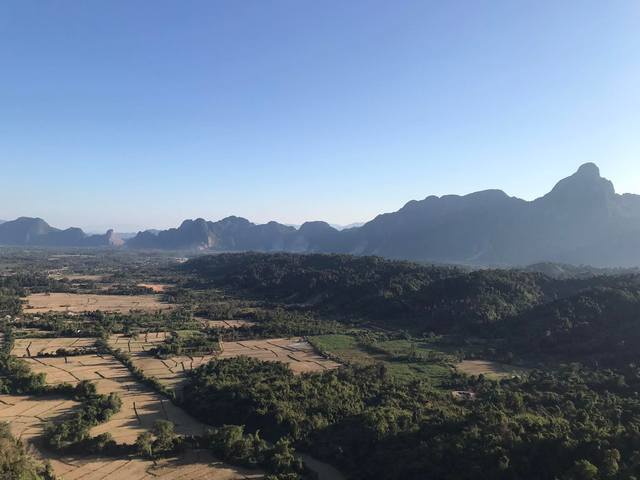
We climbed up to the viewpoint in the afternoon. It was a good combination of steep and rock climbing. The way up was quite difficult and not suitable for children and elderly, and on the way down there were slippery parts. We reached the summit after an hour of moderate level climbing. At the peak, we took a deep breath and found peace and quiet, as well as an incredible photo opportunity with a motorbike strangely left there by residents.
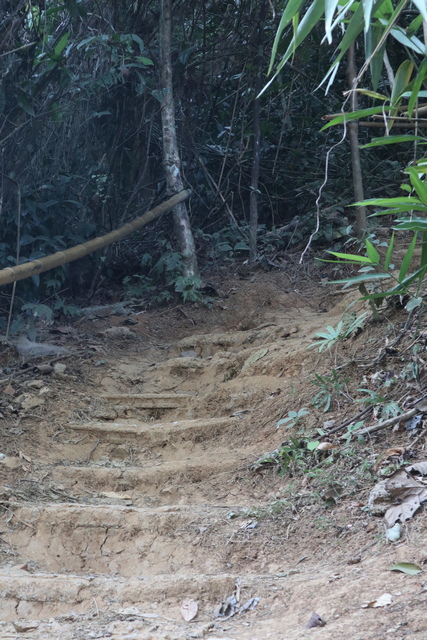
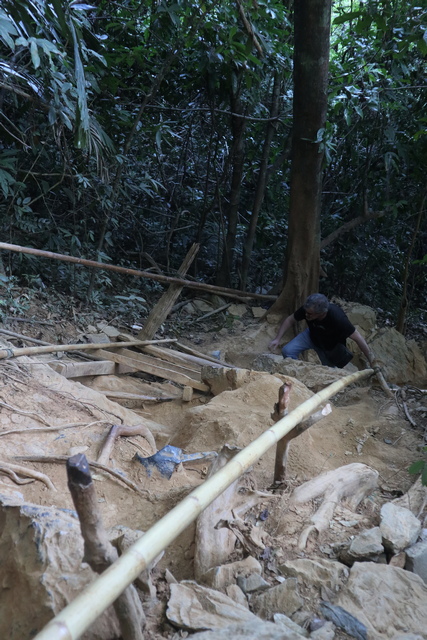
Many people want to go there around sunset, but I recommend to perhaps go there earlier to avoid the crowd. I can only imagine how cramped it would be and I’m sure many people would likely need to queue to take photos with the motorbike. At the summit, there was a shade (a smallish hut) which didn’t feel very safe. Overall, the climb to the Nam Xay Viewpoint was worthwhile!
2. Exploring the Caves
Vang Vieng has caves of all sorts and sizes. We enjoy exploring caves as it’s a new world within! So on the second day, we opted to travel about 15 kilometers north of Vang Vieng to explore a series of four caves: Water Cave, Hoi Cave, Loup Cave, and Elephant Cave. In total, we explored five caves during our stay.
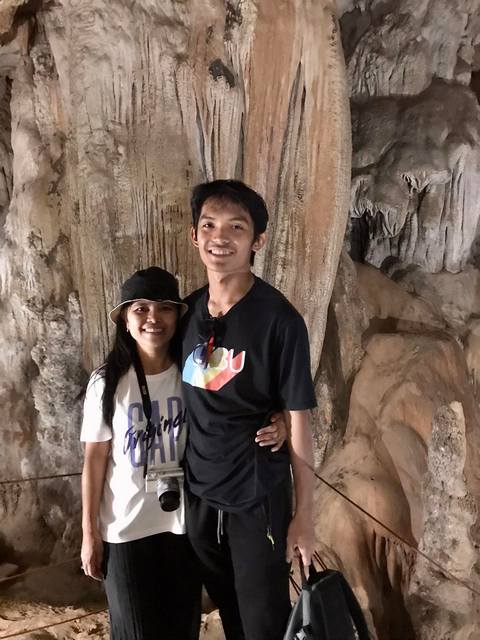

Jang Cave (also known as Tham Chang Cave) is two kilometers south of Vang Vieng. We had to cross a bridge, and then we had to climb 150 concrete steps to reach the top, before entering the cave. Upon reaching the top, we were welcomed by the magnificent view of Vang Vieng and the river. Once inside, the cavern is two stories deep with well-lit passageways. We also saw numerous enormous stalactites, columns, and stalagmites.
We were itching for more adventure, so we headed further on dusty, potholed routes the next day. Our first stop was the Water Cave (also called Tham Nam Cave), where you enter the cave by using a tube. We did not get to try this as we hadn’t brought our swimwear. The entrance fee includes a headlamp, a tube, and a locker for your valuables. Besides the water cave, it also offers other activities, such as ziplining. We had a decent lunch at the restaurant there before we explored the other 3 caves and lagoons.
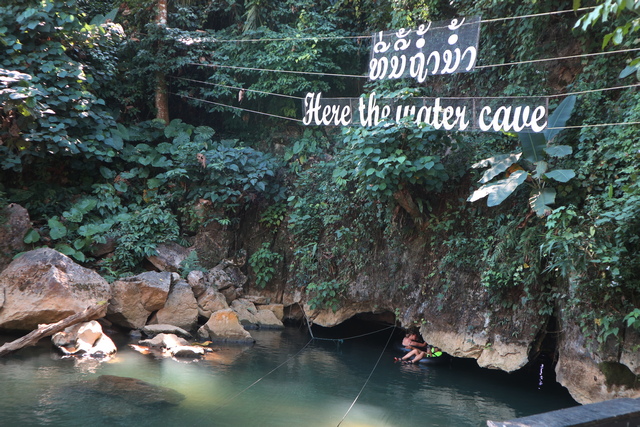
Hoi Cave (Tham Hoi) and Luop Cave (Tham Loup) are secluded, raw, wild, undeveloped, very dark, slippery, and dangerous. We explored these caves without a guide, and we were the only people in the cave. Both caves were used as air raid shelters against bombing raids perpetrated by French and Americans air forces, in the 1940s and 1960s, respectively.
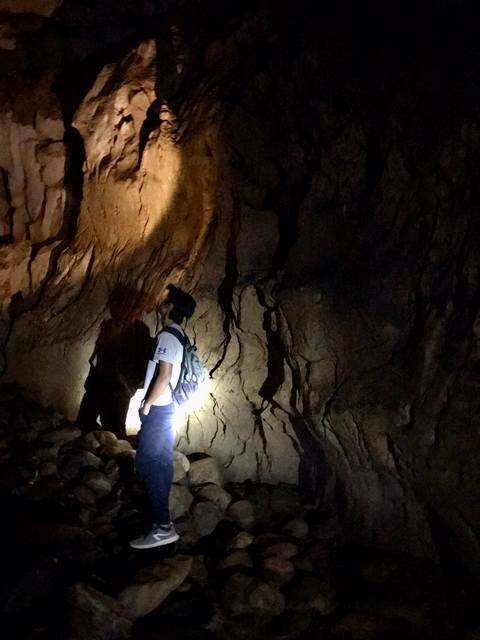
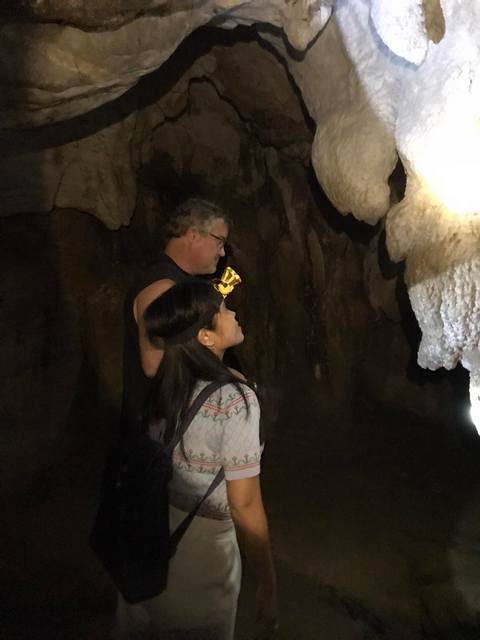
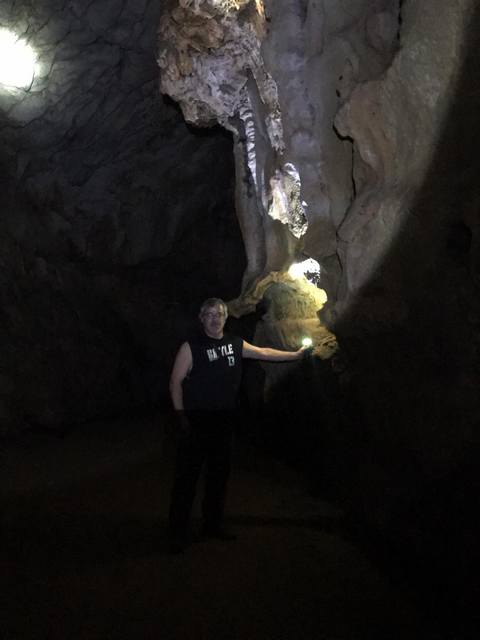
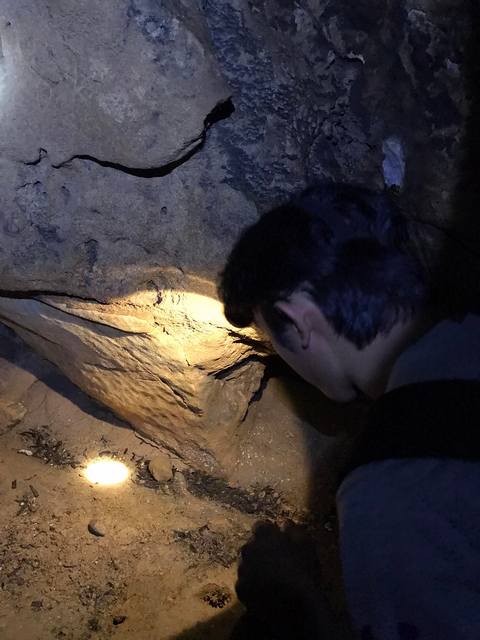
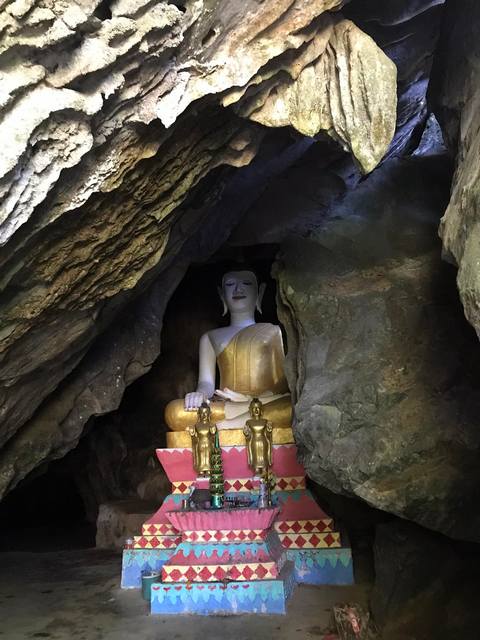

We walked 1 kilometer through the Hoi Cave. It got darker, narrower, with sharper edges, more humid, and more slippery as we got deeper into the cave. When we reached a watery area, there were three treacherous passages through uncertain paths. Then we decided to return and walk another 1 km, and exited on the same entry path.
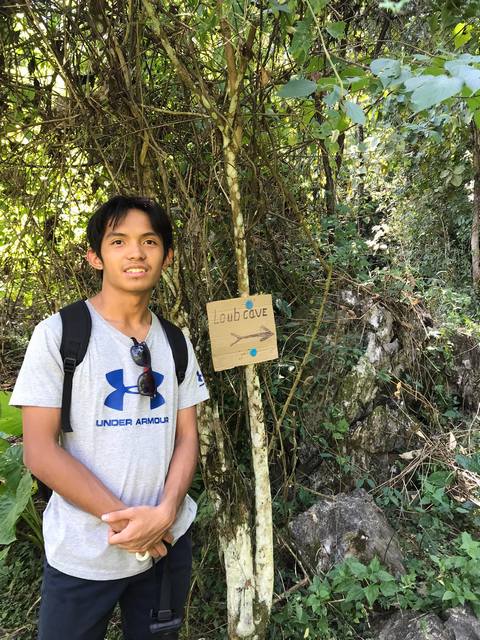
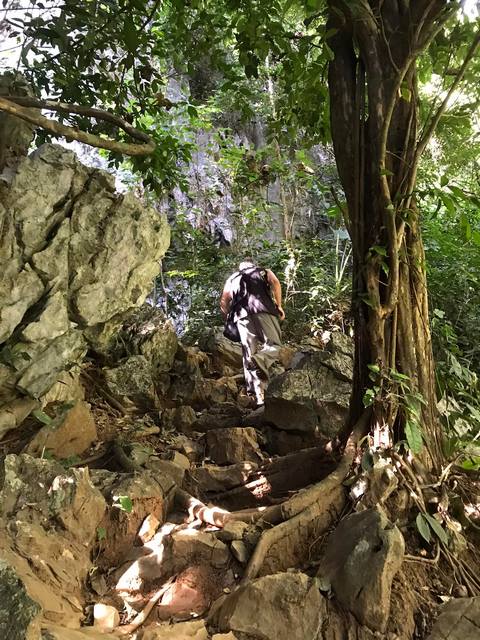

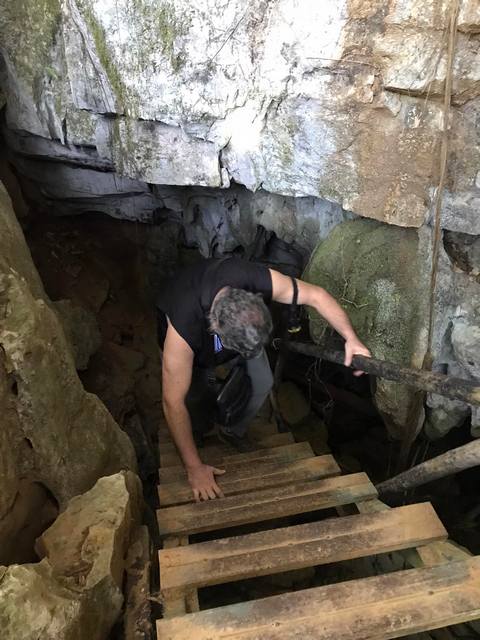
Loup Cave (also called Deep Cave or Hole Cave) is 100 meters long under the ground. The entrance to the cave was quite unusual because we had to ascend a hill and then walk down a flight of metal steps and slippery rocks. When we reached the bottom of the steps, we saw a huge cavern with a bronze Buddha sitting before a cluster of magnificent cascading stalactites. We climbed over a rock hill to another chamber, then we decided to return because we were told by our tuktuk driver not to go beyond 20 meters; otherwise, we would have suffered from oxygen deprivation. We exited through the same path. It was the most dangerous and scariest cave that we’d been to because there were many big, deep holes on the cave floor, it was very dark inside, and it was very slippery.
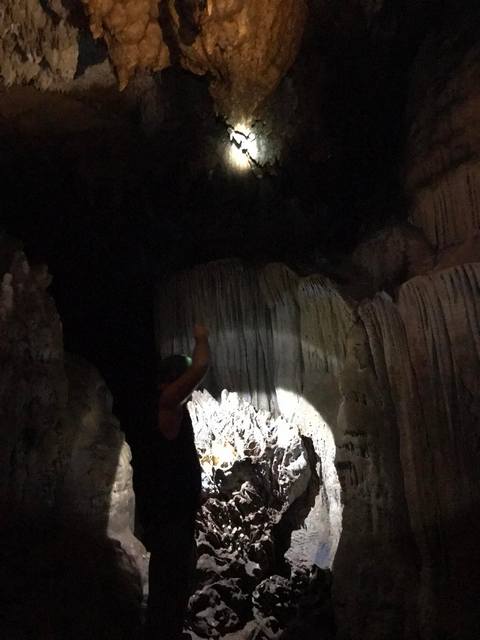
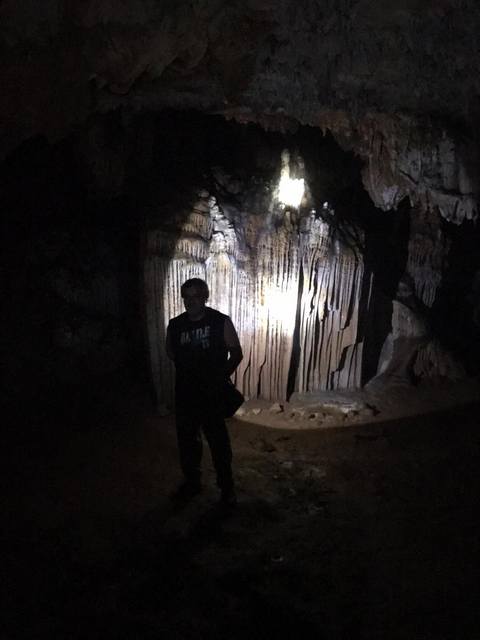

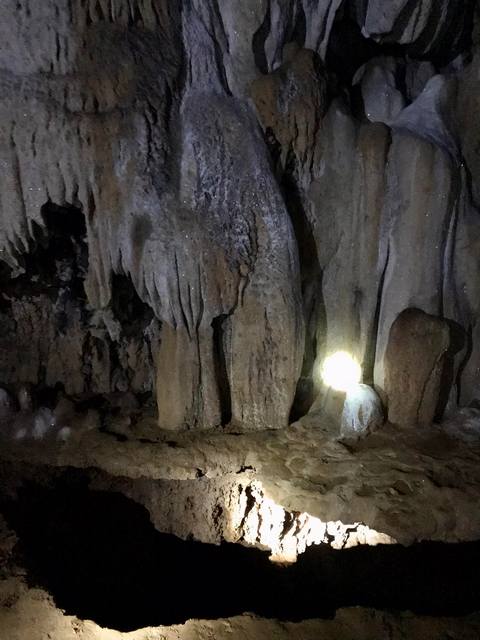

We highly recommend getting information on the net before exploring these two caves (Hoi and Loup), or whether to explore them with a guide. There were no signs or instructions inside the cave, and the people issuing the tickets did not speak English.
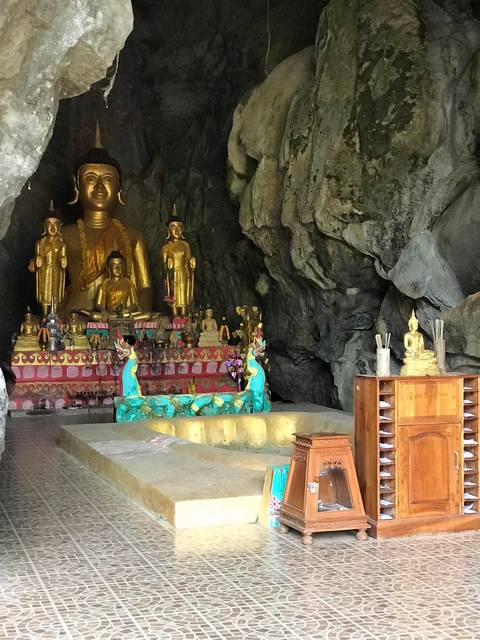
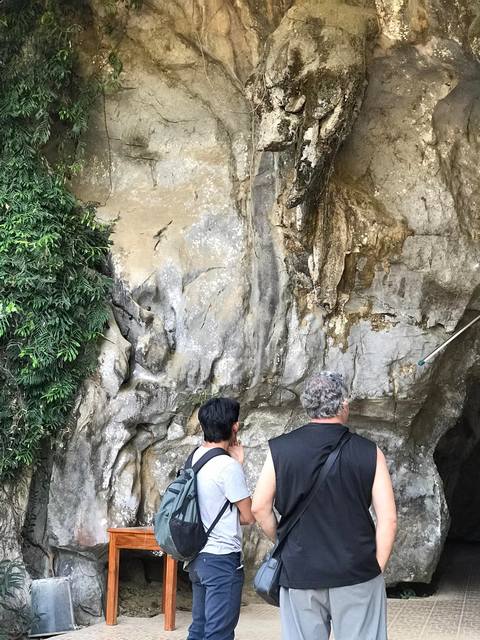
The Elephant Cave looks like a small shrine. It is called Elephant Cave due to the rock formation that looks like a four-legged, majestic beast. Also, inside a small cave is a collection of Buddha statues, and we saw an “imprint of the Buddha’s footprint.” We stayed there for around 10 minutes.
3. Relaxing at Blue Lagoons
Vang Vieng has plenty of blue lagoons (around six blue lagoons in its vicinity, based on Google Maps). They’re incredibly attractive, with a chalky blue-green color!
Our favorite was Lagoon 4, located within the cluster of caves in the north of Vang Vieng. It was not crowded when we arrived there. So, we were able to rest and nap while enjoying the tranquility of the place and the breeze. There was no restaurant, but there was a small shop where you could buy drinks.
Our second favorite was Lagoon 3. It was quite crowded, but we enjoyed watching people swimming, diving, and having fun. We ordered food at the restaurant there. It was good, reasonably priced, and delicious. After we rested, we walked farther, and we were supposed to climb to a viewpoint, but we decided not to continue as our son got an allergic reaction due to a venomous plant. Luckily, it was not too poisonous, but the sting lasted for a few days. Absolutely, blue lagoons are the perfect place to chill in blue waters!

